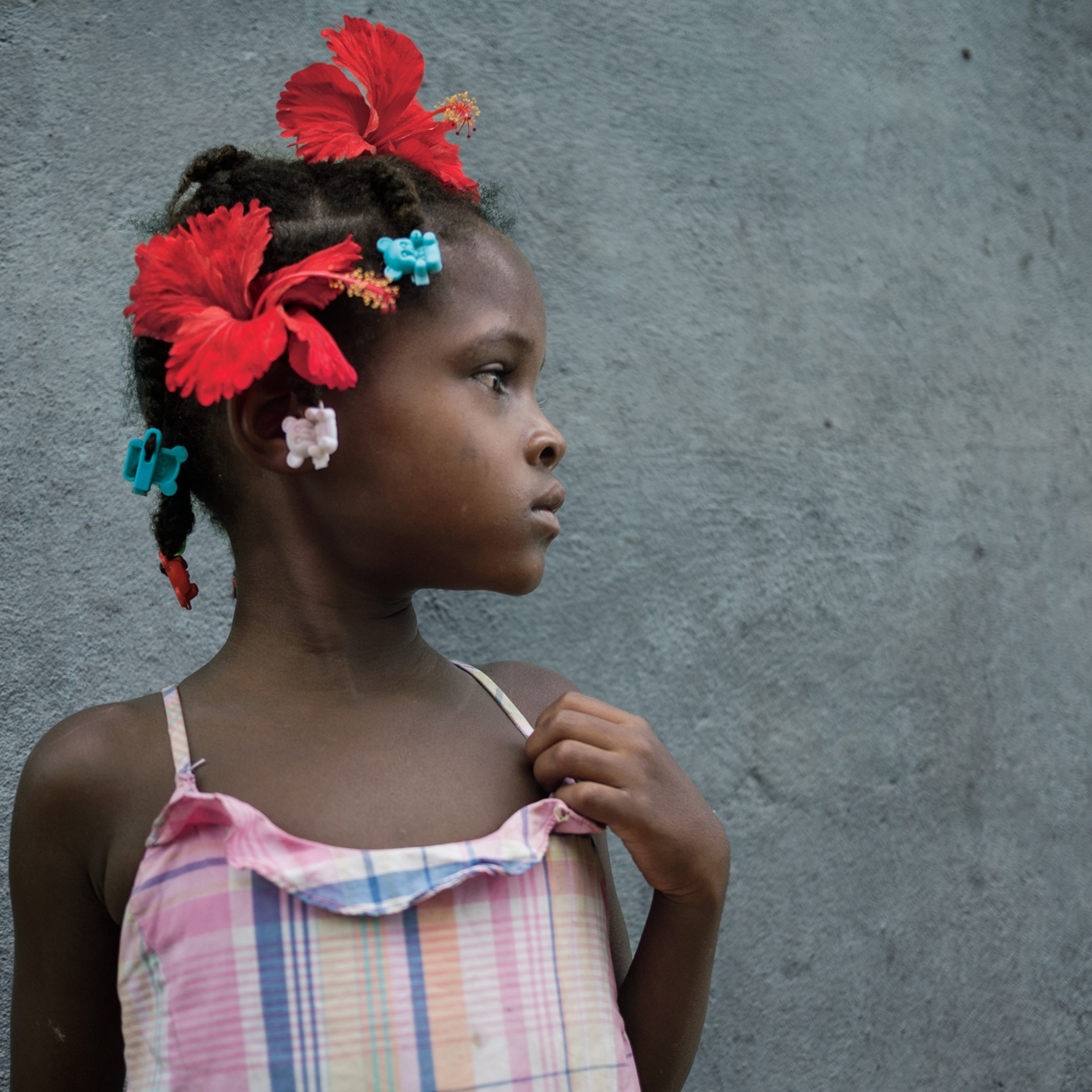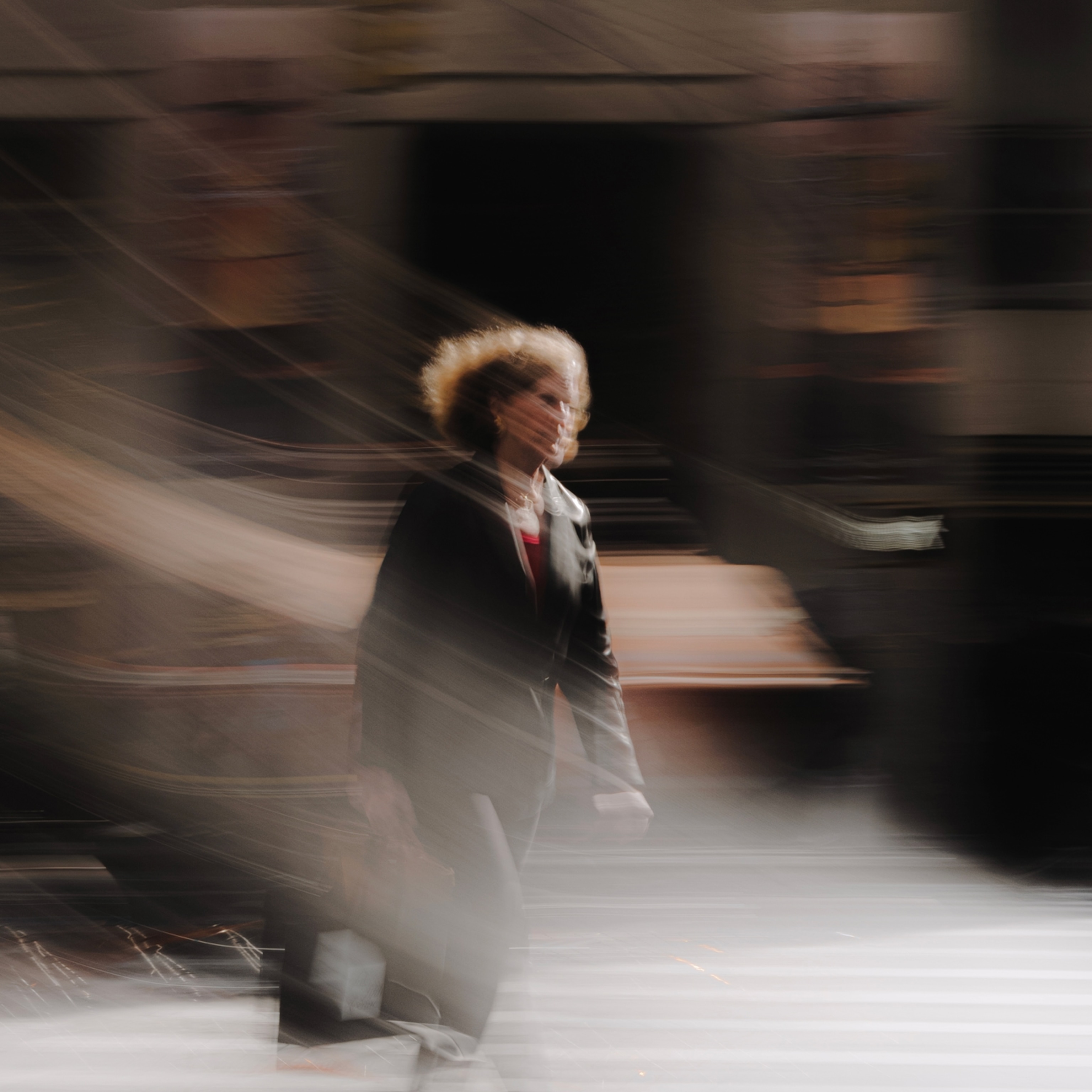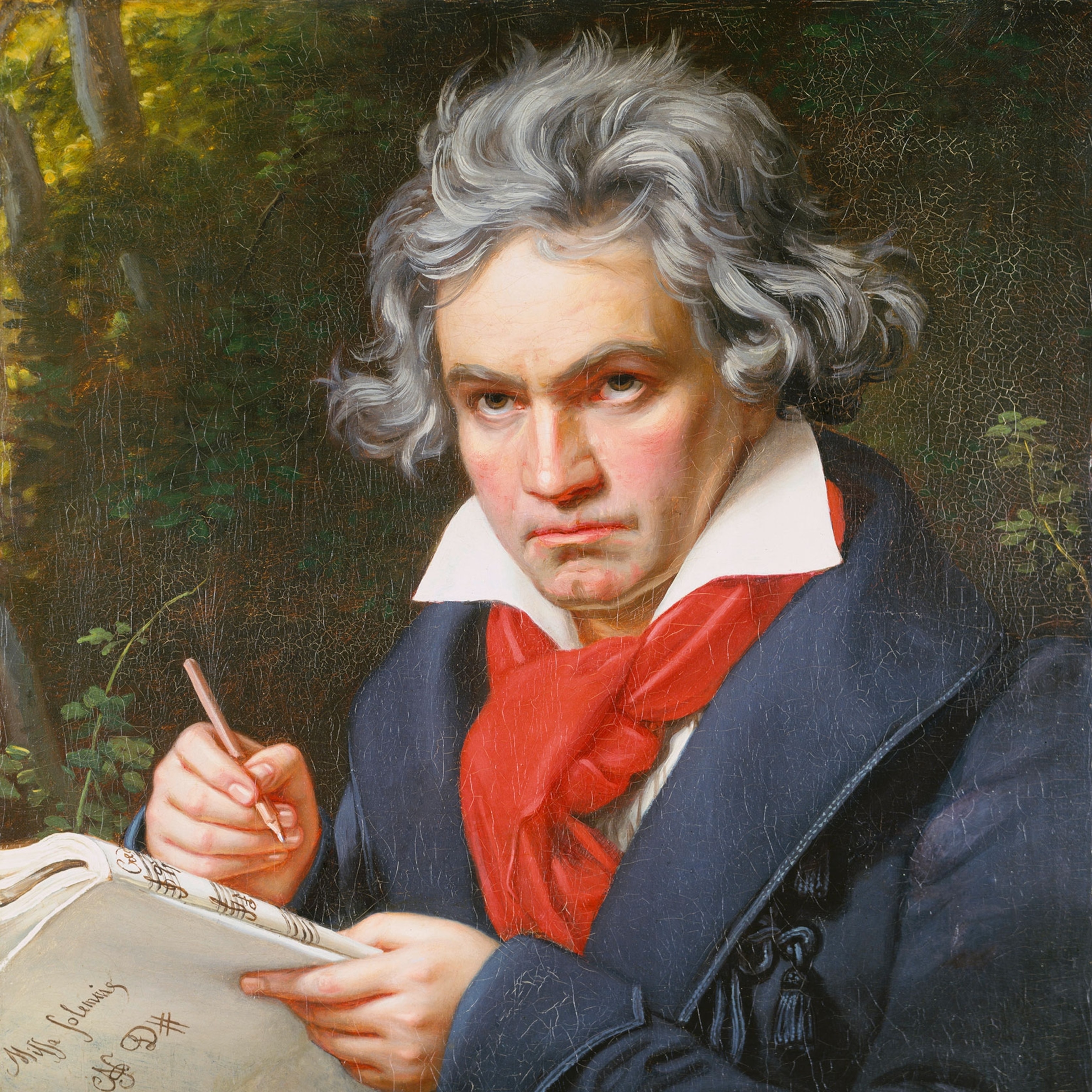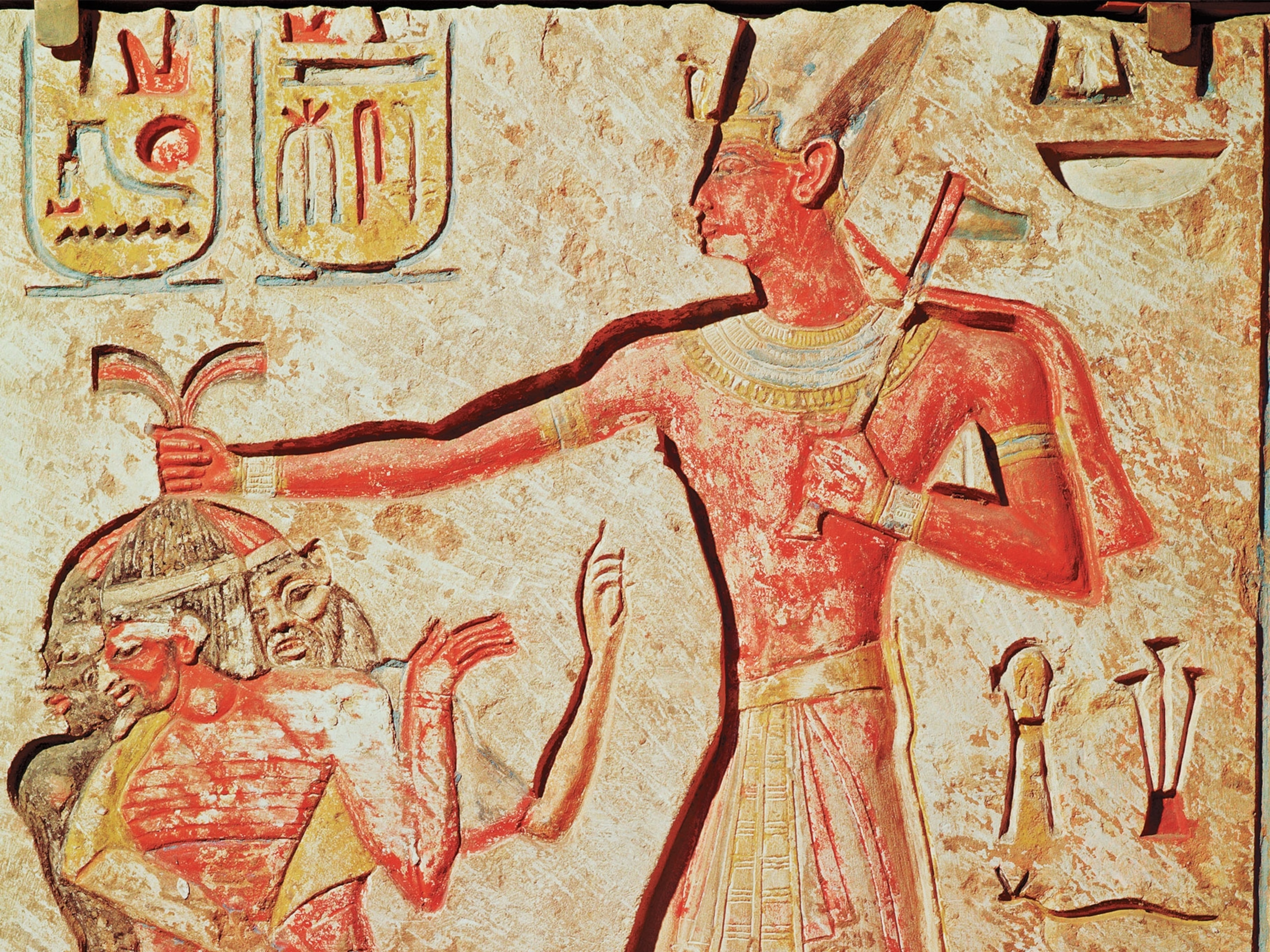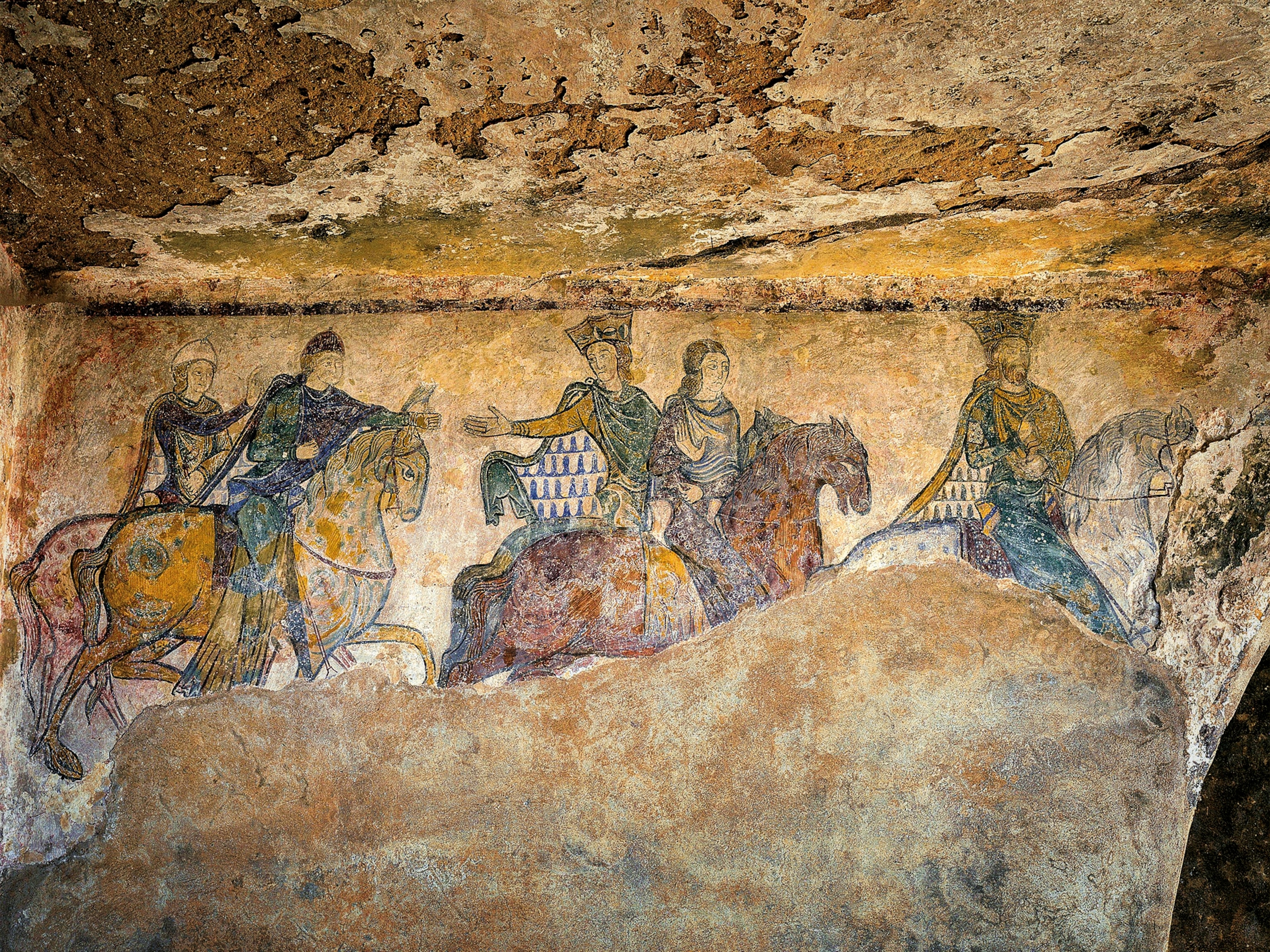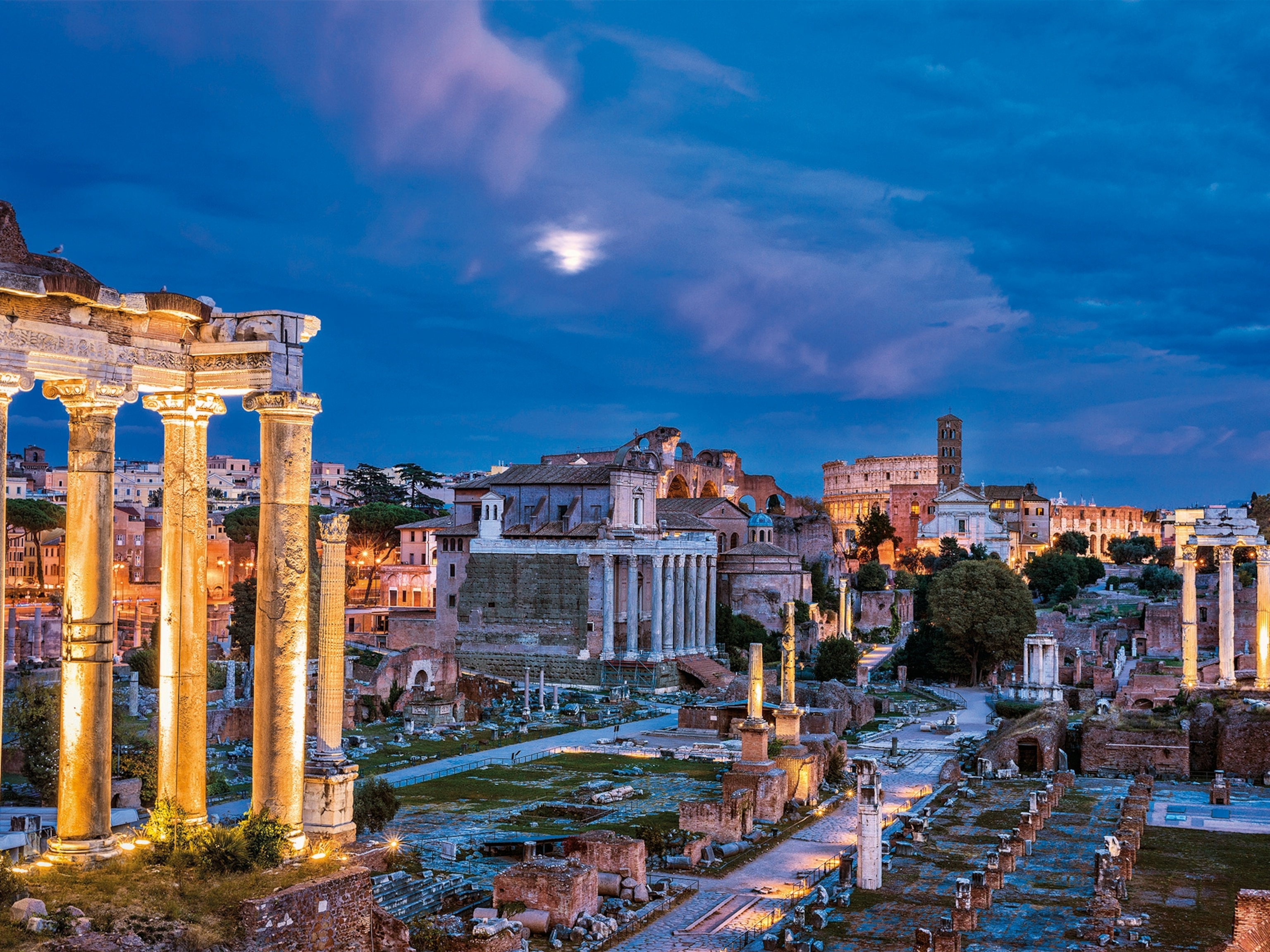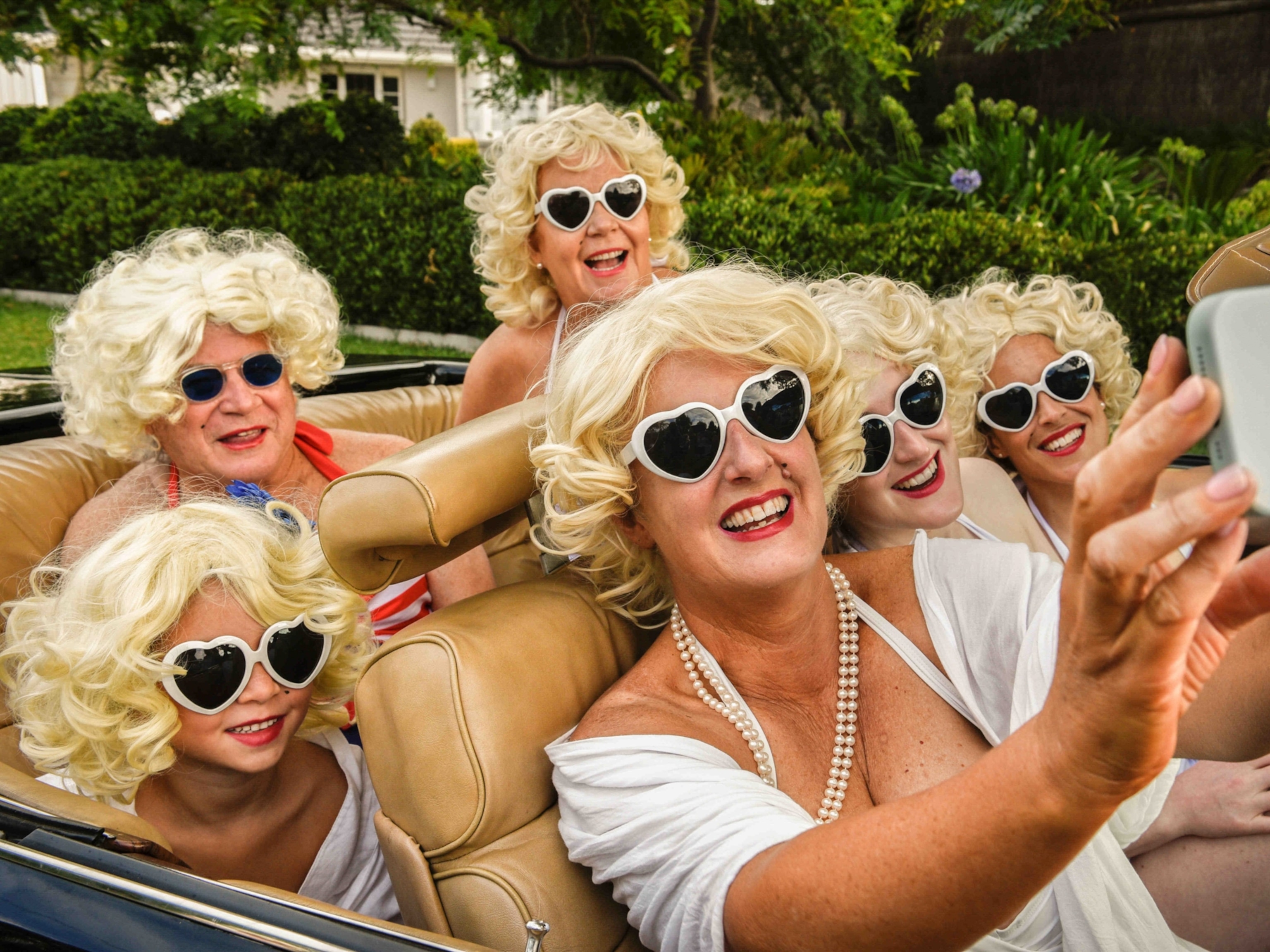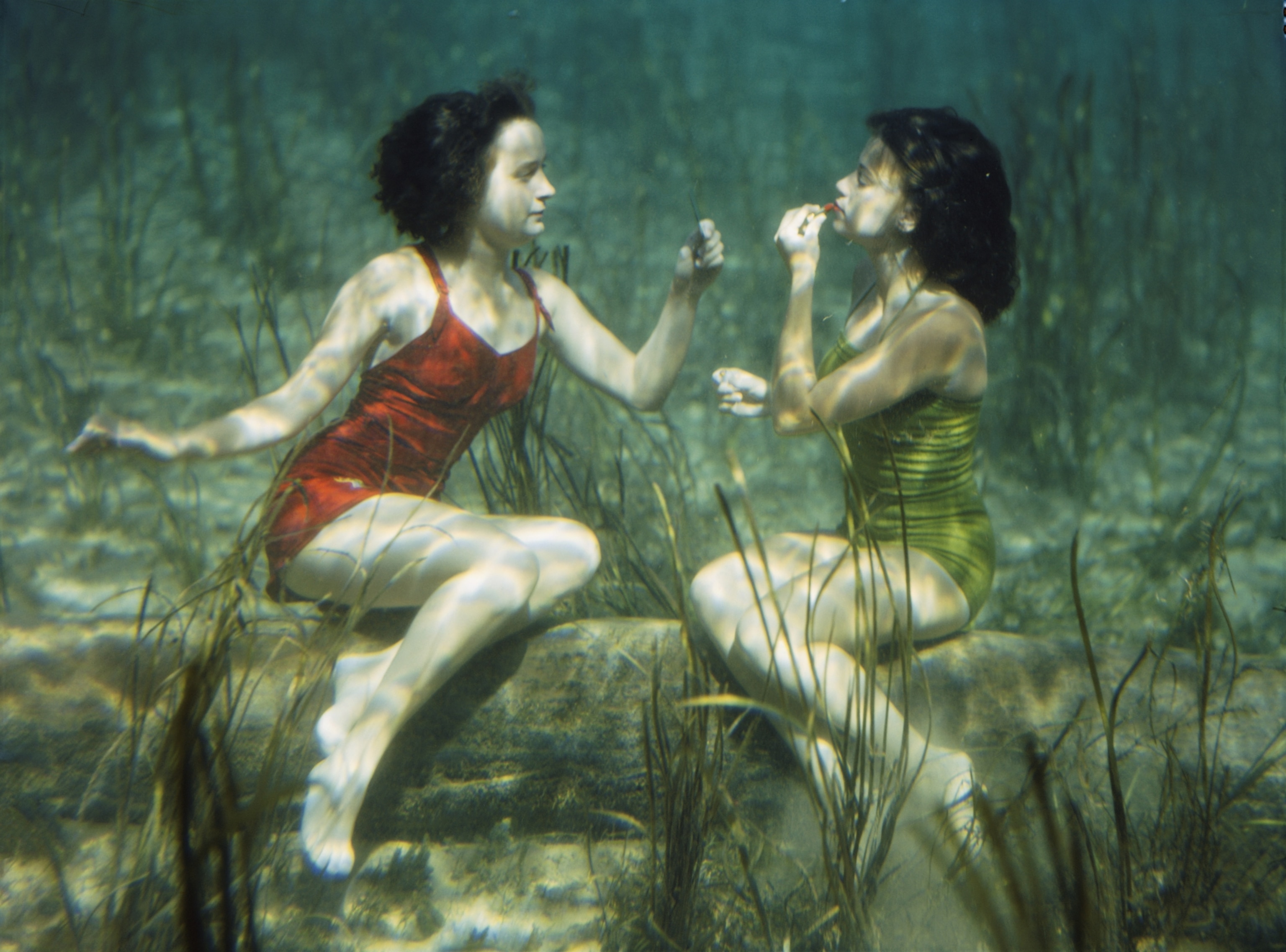
How Tallahassee Beat the Old South at Its Own Game
On the battleground of an epic presidential election, George W. Bush may have claimed the state by 537 votes, but Al Gore will always have Tallahassee.
It was the “Wop Salad” on the menu that drew my wife, Nina’s, attention—and then ire.
“It’s got EYE-talian dressing,’’ a defensive waitress explained to us at the old Talquin Inn, named for a strategic midpoint between Tallahassee and Quincy at the gateway to Florida’s rural Panhandle. The catfish was fried, the wine list BYOB.
This dish was no anomaly. Gloria Jahoda, a writer and historian who moved to Tallahassee in the 1960s with her professor-husband, discovered this jarring menu offering—and more alarming things—in an exploration across the state’s rural northern tier. She reported on her journey in a 1967 book, The Other Florida.
Yet in the 20 years we lived in Florida’s state capital, arriving in the mid-1980s to work at newspapering and have children (our two were born there), the sour taste of that menu gradually faded to the allure of the environs of a maturing city built around two public universities and the government seat of a fast-growing state, now the third-largest. It’s always the people, sometimes homegrown pioneers of progress as well as newcomers with their own sensibilities, who can change a place.

This is a place where Mom and Dad’s Italian Restaurant once defined haute cuisine as two kinds of spaghetti sauce, a town where lobbyists and lawmakers have long dined on oversize steak within the curtained restaurant booths of the Silver Slipper.
But the city has more than doubled in population since the sixties, its remnants of another era obscured as if by the spreading kudzu of the southern landscape, with the suburban sprawl of new-home development counted in 10,000 units at a time.
Hog Doggers Crowded Out
In Tallahassee today, which counts close to 200,000 people, the political practitioners, lawyers and lobbyists, the teeming bureaucrats, and all who serve their families’ needs and appetites far outnumber the old “hog doggers,” who press their hounds into pursuit of wild boar and carry wire (yes, wire) to stitch the dogs’ wounds.
A day of kayaking up the St. Marks River ... is enough to encourage one that nature’s glass is still half-full here.
At the same time, all this growth has placed serious stress on the fragile environment of a region that counts among its natural jewels the world’s largest freshwater springs.
At Wakulla Springs, the most impressive of all, in a state preserve of the same name south of Tallahassee, the water is always cool enough to lower the body temperature of a swimmer seeking respite from the 95-degree, wet rag of a typical summer afternoon.
But the gin clarity of waters where Johnny Weismuller filmed Tarzan’s Secret Treasure in 1941 has been lost to nitrates seeping from the city and rural septic tanks. Civilization dumps the equivalent of a ton of fertilizer each day.
Still, a day of kayaking up the St. Marks River, where cypress knees rise from dark spring-fed water like long wooden fingers, is enough to encourage one that nature’s glass is still half-full here.
A friend and I recently put kayaks in above Natural Bridge, where the river goes underground for a half-mile before flowing out to the Gulf of Mexico. We paddled upstream against the current of a stream no wider than 50 feet at some turns. We saw tiny apple snails—a vital sign of the river’s health—on the branches of submerged fallen trees.
We had to perform a virtual limbo dance beneath an oak that had fallen across one river bend in jungle-like forest—one of many downed limbs that forced us to climb the bank gripping gangly, thick roots as ladders and portage upstream.
Returning, with the current pushing us silently without paddles, we carted the kayaks around other barriers, stepping around cypress knees poking through the muck. The stillness of the air, broken only by birdsong, lent a calmness to our slow drift homeward.
This is where Tallahassee’s sole skirmish in the American Civil War was fought. Union General John Newtown led an expedition upriver to confront Confederate troops, but his ships had trouble navigating the river and were rebuffed by Rebel forces at Natural Bridge. They retreated to the protection of the Navy’s Gulf fleet.
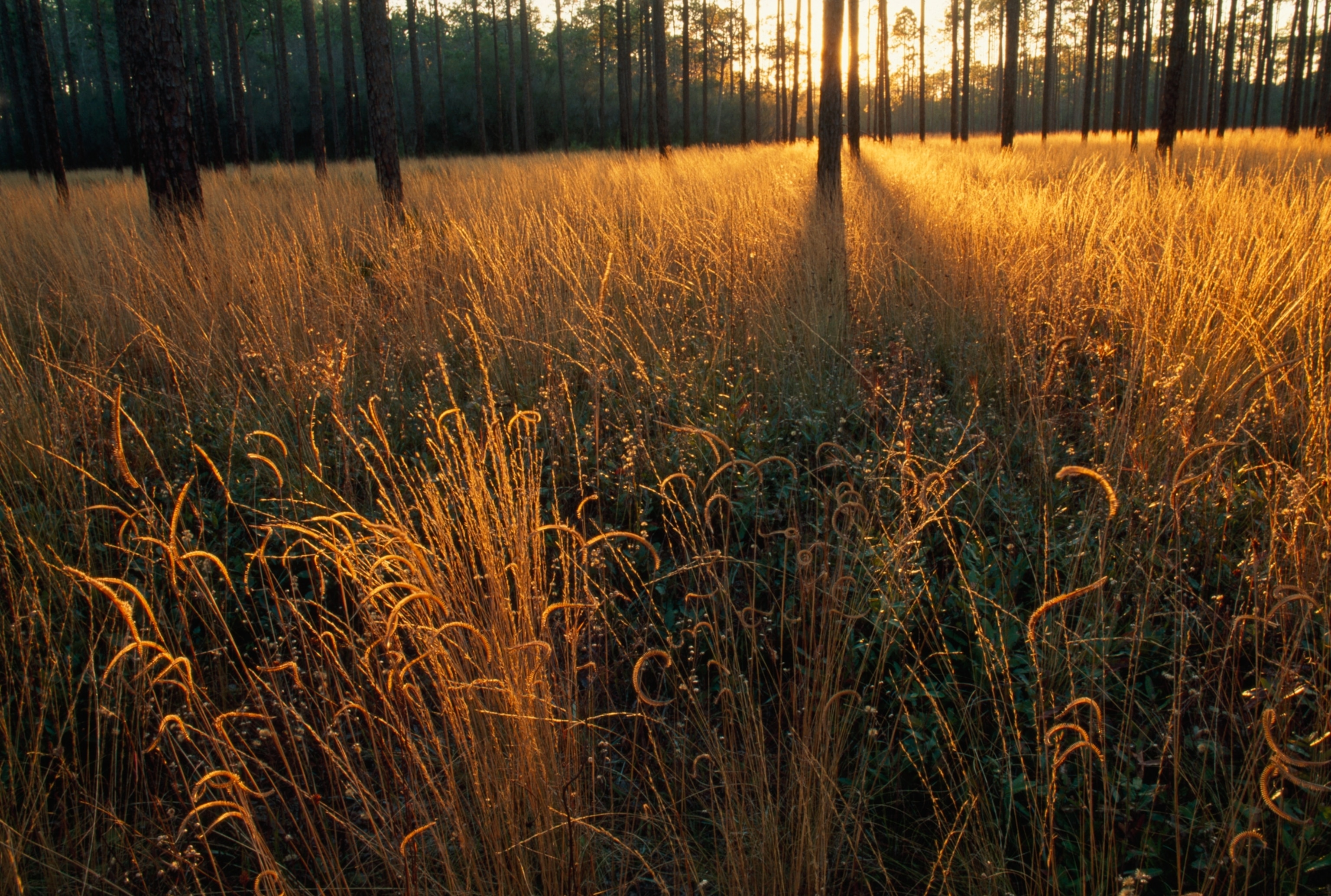
In one of the most sensuous of southern cities, the celebrated springtime blossoms of pink, red, and white azaleas sometimes synchronize with dogwood trees ablaze in white.
Scents of Confederate jasmine and tea olive imbue this oak-canopied city framed by the piney Apalachicola National Forest to the south and the Red Hills region of old plantations to the north.
In the forested karst plain, sinkholes in the soft limestone connect with springs in underground caves. I stare a hundred feet down from the rim of the deepest sink, Big Dismal.
A New Civility
For all the Tallahassee area’s natural appeal, it’s the peaceful social changes during tumultuous modern times that afford the city its place as a beacon of a new civility in an old (“Wop Salad”) backwater.
Among the stages of change: The grandest home in Tallahassee, the Grove, a pillared antebellum mansion atop one of the city’s highest hills though shrouded from public view by ten acres of live oaks, Spanish moss, and magnolias.
The Grove was built by one of Florida’s earliest territorial governors, Richard Keith Call, who acquired 640 acres of forest in 1825 and raised a Greek Revival retreat with slave labor.
The final occupants of the old place, now under restoration and preservation by the state, were the late Mary Call Collins, a great-granddaughter of the builder, and husband LeRoy, who served as Florida’s governor through the late 1950s.
The farther north one travels in Florida, the farther South one gets.
The farther north one travels in Florida, the farther South one gets.
Yet it was the late Governor Collins, of Tallahassee, who started to steer Florida apart from the Old South. Serving until 1961, he was one of a few southern politicians who spoke against racial segregation.
Progressive governors who followed Collins charted courses distinguishing Florida still more from its immediate neighbors: Reubin Askew pressed for open government; Bob Graham, educational progress and environmental protection; Lawton Chiles, early-childhood education and health care; and Jeb Bush, further educational reform.
Tallahassee is where they did their bidding. Over the years, they broke the grip of a North Florida league of lawmakers known as the Pork Chop Gang and carved districts that gave greater African-American and Latino representation. They advanced educational, environmental, and economic agendas befitting a state that ultimately would overtake New York in size and electoral influence.
The remote capital, with expanding universities and government agencies, has drawn a professional class of lawyers and professors from around the nation and the world, restitching the social fabric of a city whose annual Springtime Tallahassee celebration is still governed by five clubs modeled after New Orleans krewes—their youth corps, the Belles and Gents.

In a state that has grown explosively—from five million in 1960 to nearly 20 million today—Tallahassee hasn’t been spared the costs. A few years ago, when Forbes magazine ranked the city as one of the nation’s most dangerous, civic leaders protested that the data were misleading. This small city sits amid some of the quietest and most sparsely inhabited counties in the Panhandle, which still sound and feel more like Alabama than Miami. (My son’s traveling soccer team liked to say, as it competed across the Panhandle, that it had played at UCLA: Upper Corner of Lower Alabama.)
Al’s Achilles Heel
Tallahassee, famously (or infamously), is political—where the 2000 presidential election contest ended in a 36-day slog through state courts. The recounting started with Tallahassee Judge Ralph “Bubba” Smith and ended with the U.S. Supreme Court intervening to declare George W. Bush the winner by a disputed margin of 537 votes. Tallahassee, a Democratic stronghold, backed Al Gore by a margin of three to two.
Back in the fifties, the Pork Choppers liked to hold court at one lawmaker’s fishing camp, joining lobbyists for food, drink, and other favors.
Nowadays, after their work is done, pols still amass at a watering hole near the Capitol. During my time in Tallahassee, one night at the close of the annual legislative session, the revels continued on the sidewalk past dawn as the police looked away.
Nina and I lived in Tallahassee long enough for our children to finish high school and leave for colleges and careers. We often return to see the lasting friends we made, and each time it feels like a homecoming.
We’ve also noted that in the Kool Beanz Cafe, for one, you can order fancy salads—with spring greens, walnut-kalamata feta, local arugula, or jalapeno-chevre crotini. None comes with Italian dressing.
Mark Silva writes about national politics. He served as state capital bureau chief for The Miami Herald for 15 years and then as senior political writer, covering the presidential election of 2000 that played out in his children’s hometown.

